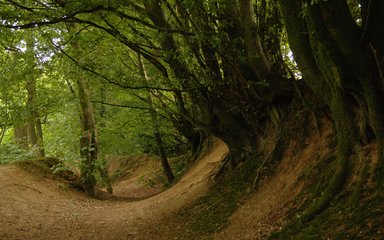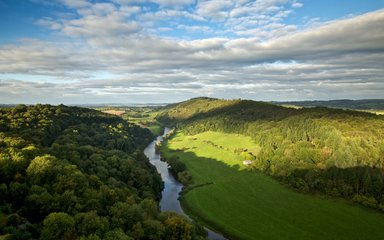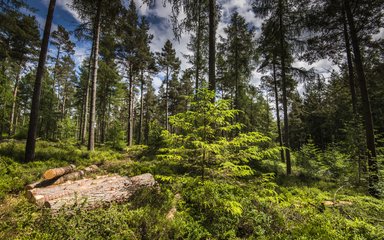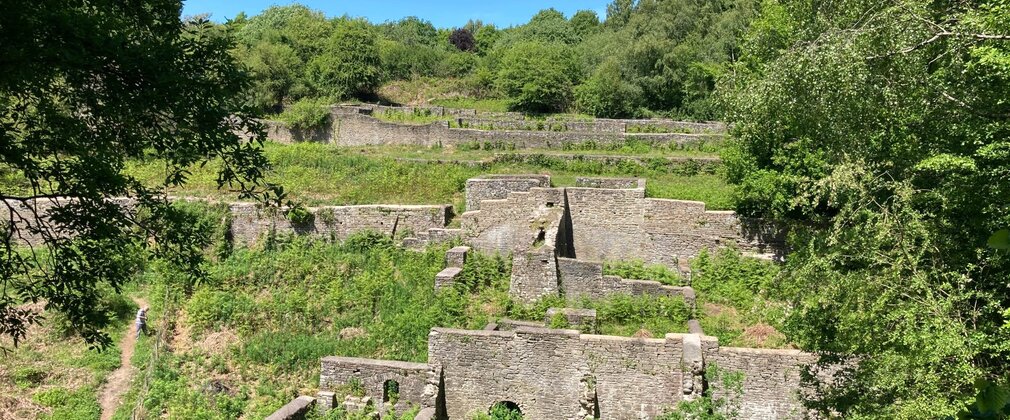
When it comes to the mysteries and unknowns of the historic environment, the nation’s forests are a hotbed of secrets. Hidden beneath our tree canopies are thousands of historic sites and monuments, created by our ancestors over thousands of years. Humans have influenced landscapes through all of history, and forests are no exception to this. Evidence of these interactions can be found in forests across the country, acting as lasting reminders of how these areas were used before the trees even arrived. Watch the video below and read on to learn more about the hidden heritage of the nation's forests.
Did you know? The nation’s forests boast nearly 4% of all nationally protected scheduled monuments found in England.
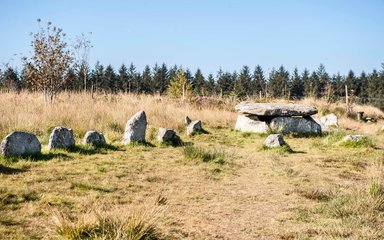
A historic landscape of variety
The historic sites in our care vary from prehistoric caves and religious complexes to Roman industrial sites, medieval settlements, castles and even Second World War defence infrastructure.
With 750 scheduled sites located across the nation's forests, covering around 1,000 hectares, we look to preserve, protect and share the stories of these nationally important monuments. And what's more, we also look after around 100 listed buildings, 30 Registered Parks and Gardens, and 50,000 non-designated heritage assets - all of which help to tell the story of how the land has been used and changed over time.
You can discover some of these remarkable sites in detail in our 'Rooted in History' publication, which tells the story of our hidden historic environment.
Our approach to looking after heritage
The historic environment is an integral part of our approach to managing the nation’s forests. Following UK Forestry Standards guidance, as well as the Protocol for the Care of the Government Historic Estate, we manage these nationally significant sites and monuments to make sure they survive for many more years to come, whilst also allowing us to carry out important work around habitat restoration, recreation and general forestry activity.
By ensuring our historic environment is preserved for years to come, we're helping visitors learn about, and explore, our shared past.
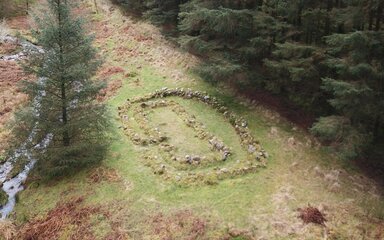
Ennerdale medieval longhouse
The longhouse at Ennerdale in the Lake District is just one example of the amazing heritage features hidden across the nation's forests. The 3D model below shows the stone foundations of a two-celled rectangular longhouse found on the slopes of Ennerdale.
A design unusual to medieval region, these structures were probably the homes of the iron miners working at Clewes Gill or those involved in the smelting operation down by the lake. You can visit this site on a self-guided walk of Ennerdale.

